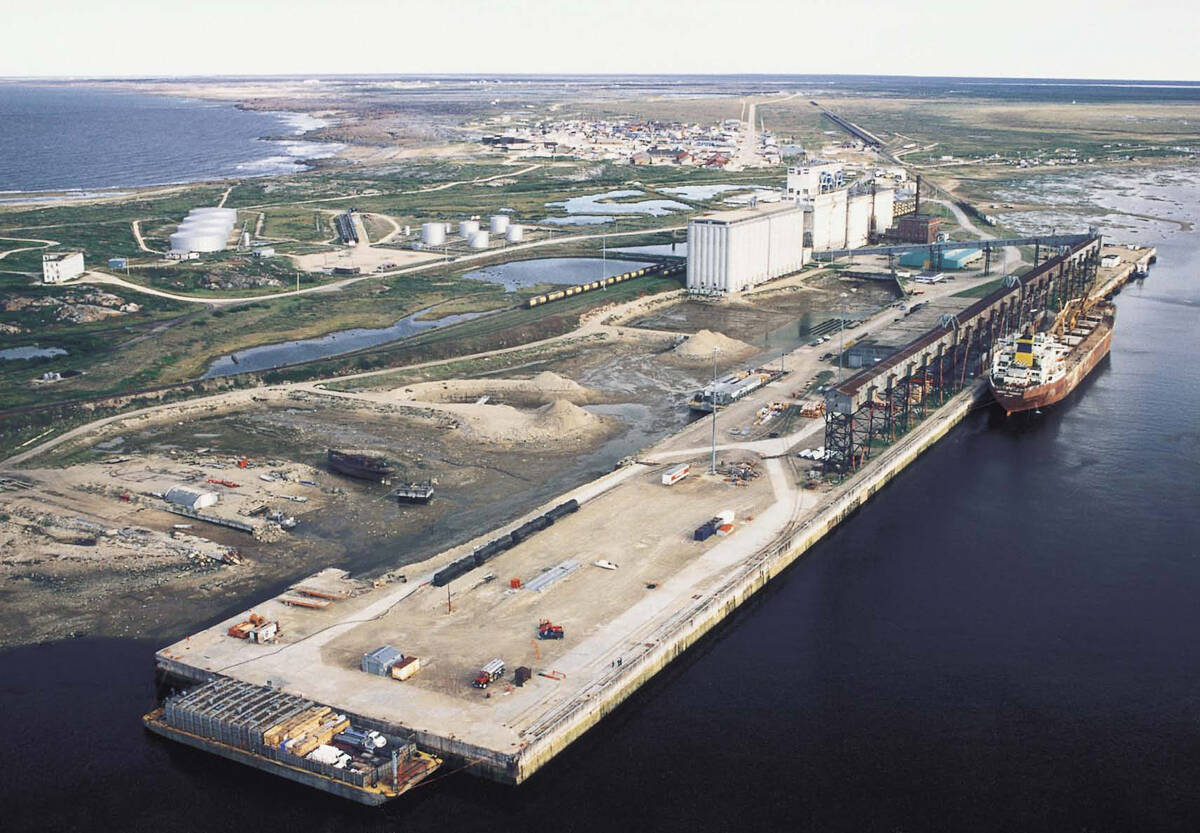When LaVern Dueck started manufacturing Diamond Shelters 22 years ago, the egg-shaped, steel-frame structures were a relatively new feature on the prairie landscape.
Today, Dueck, president of Dueck’s Mechanical in Whitemouth, Man., manufactures the single-hoop and welded-truss shelters for a variety of purposes — everything from cold storage and insulated workshops to horse riding.
“It was a steel frame with a fabric cover. Quick and easy to set up, low cost and it just wasn’t a conventional style, stud-frame barn that guys were using,” said Dueck.
Read Also

Defence investments could benefit agriculture
A bump in Canada’s NATO spending commitments could lead to infrastructure investments that would benefit rural areas
“It just worked out to have some potential areas in the livestock applications where they could use them and it saved the guys quite a bit of money.”
The structures are among many options available to those looking at farm sheds. It’s a full market, featuring everything from small pop-up sheds costing a few hundred dollars at a box store to large, fully heated and customized workshops with a concrete foundation costing upward of $30,000.
A commonly built structure, explained Herb Hamm, is a 12 meter wide and 19.5 metre deep farm shop — probably four to 4.5 metres high — with wood studs and metal roof and walls.
That will take a construction crew a few days to build, said the general manager of Zak’s Building and Supplies & Contracting in Hague, Sask., and cost roughly $22,000, excluding concrete costs.
That’s the basic build, but a customer can customize the design to meet specific needs: a bigger building, different coloured walls, bigger windows, more windows, a mezzanine inside or a change from a sliding to an overhead or bi-fold door.
“When it comes to shops, the standard is just your plain Jane (design). The upgrade in colours is probably the easiest and simplest way of upgrading a building other than just plain galvanized,” said Hamm.
“But as in trims and stuff there’s not much that guys are doing.”
There are options, however, that go all the way down to a building’s skeleton.
Al Williams, owner of Integrity Post Structures, has been building with perma-columns for post-frame construction for the past two years. The design uses precast concrete columns to keep wood out of the ground, allowing for a concrete foundation on a post-frame building.
Instead of transitioning from untreated to treated wood, the wood columns are attached to a steel bracket and welded to a steel reinforcement that runs through the column.
The design eases concerns about rot some may have when placing treated wood in the ground, Williams explained. And it’s being embraced by farmers and industry. Williams said he’s built some 300 new buildings across Western Canada this year.
“The farmers have had an exceptional year this year, so we are building a lot of farm sheds, but just the fact that the oil is coming into Saskatchewan is like an injection of motivation into the bloodstream of many southern Saskatchewan farmers,” said Williams.
“They’re jumping on board with the free enterprise and they’re grabbing the bull by the horns and creating the commercial facilities that the oil companies need to work and survive in the area.”
Using concrete that Williams likens to that used in a bridge pier, perma-columns can add five to 10 percent to the cost of construction.
It’s a portable system, too. All the materials are brought to the construction site, handy for projects in remote, rural areas without easy access to a cement plant.
“There’s a certain percentage of people out there that would never, ever build post-frame because they would never, ever put wood in the ground,” said Williams.
“With a perma-column, we’re reaching people we never thought we’d reach before.”
The simplest build remains the one you can do yourself.
Diamond Structures, ranging in size from a 4.5 metre long and 11 metre wide single-hoop shelter to the bigger 8.5 metre long and 49 metre wide welded-truss shelter, are constructed from steel and covered in a polyolefin-woven fabric.
Smaller shelters can be built freestanding and come with a ground-anchor package, Dueck said.
The shelters can cost anywhere from $1,500 to $30,000 for a larger model. Building the structure yourself can cut expenses.
A seven by 12 metre structure could be built by a team of first-timers in two or three days, said Dueck.
“If you’ve ever played with Meccano as a kid, you know how to build one of these things,” he said.















